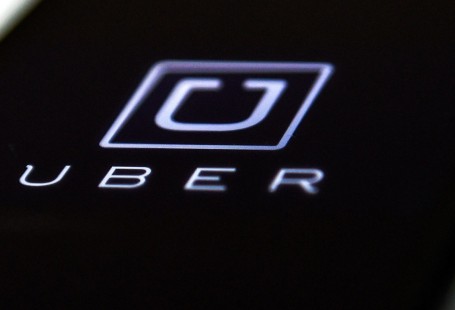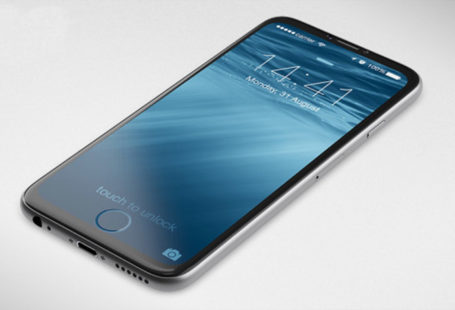Forty-nine minutes were enough for Apple. Boom.
That’s how long yesterday’s long-awaited keynote, with a very special title, ‘One more thing’, lasted. During this time Apple focused totally and exclusively on presenting its first computers with the Apple M1 chip, a processor that, I believe, changes everything.

It does so because it proposes an unparalleled revolution in a segment that has already moved a lot in the last 40 years. It’s been quite some time since the introduction of that first IBM PC with an Intel 8088 processor, and today we have before us fantastic desktops and laptops that allow us to work and play in a way that was unthinkable when we were messing with the old 8-bit microcomputers and the first PCs in the 80s.
In all this time something has remained almost unchanged: the vas majority of the processors used in our PCs and laptops used the x86 architecture, both in its 32 and 64-bit version. Intel has owned and ruled the market for four decades, but that reign looks like it’s coming to an end.
And the fault lies with the M1.
I don’t know if you saw the presentation. If you did not see it and prefer a quick version, here it is in 10 minutes. The pace was once again frantic, like on the iPhone 12 keynote a month ago.
This meant that, as I said on Twitter at the last minute, I didn’t find the devices presented particularly remarkable. And that’s the point. That they were, but not because they were those computers. Let’s take it one step at a time.
Design as a lost opportunity
I think this has been a huge missed opportunity for Apple. A generational change like this deserved renewed designs. I am not saying that they should have totally change the iconic design of MacBook Air or the recognizable formats of MacBook Pro or Mac mini.
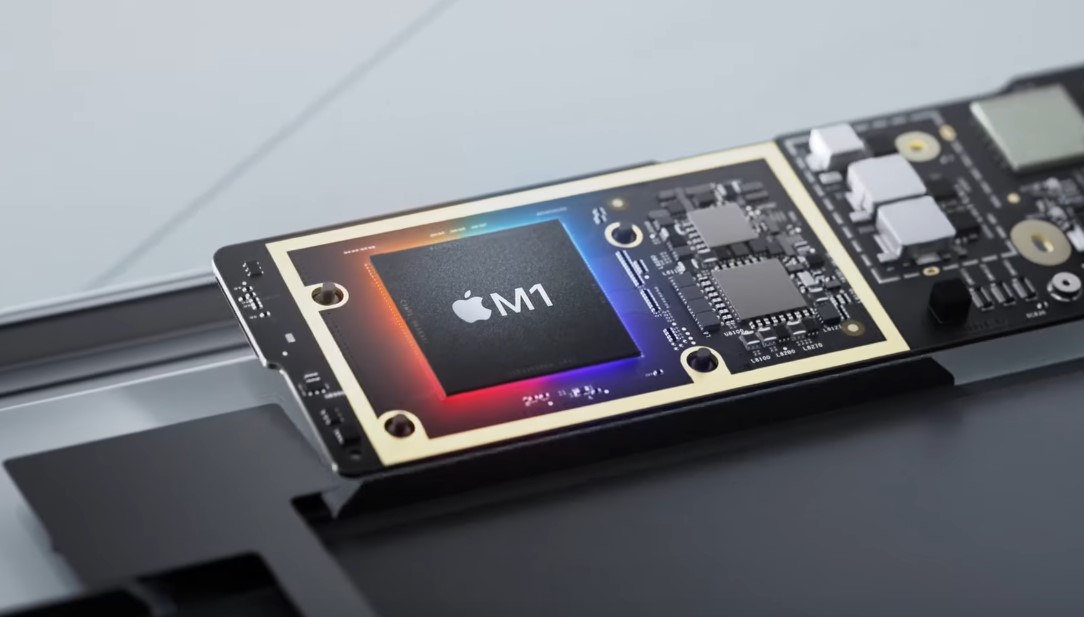
With the latter I would have taken more risks, but that doesn’t matter: Apple knows very well how important it is for its users not only to have Apple products, but to show the rest of the world that they have them. Having nothing differential in those new computers’ design is (to me) a little sign for Apple, that is almost ashamed and don’t want to say that these computers are different.
How is this possible? I’ll talk about that later, but they are different. Very different. They are because of that M1 heart that makes them work. This and that makes the requirements in terms of format and form very different from those that existed until now.
I’m looking forward to seeing the teardown of these devices, but the MacBook Air presentation clip already showed how the motherboard of these devices is ridiculous in size and takes up only a fraction of the device’s chassis. Considering that this particular computer has a fanless design, they could have played even more with the design and done crazy things.
Or not. They could have done something, anything, no matter how small. Maybe take back the lightning Apple logo when the computers are on, maybe some kind of different logo with some kind of reference to how this is a computer with Apple ARM chips… I don’t know. Something. Whoever buys this equipment is not going to be able to show the world that they are the new, the cool ones. That, I think, is a lost opportunity for Apple, who knows very well how to differentiate their products and let the world see that differences. It is inexplicable.
A stingy first generation
If in the design I was expecting something differential, it’s really super striking that they have made some decissions for this generational leap. In fact, it’s super disappointing.
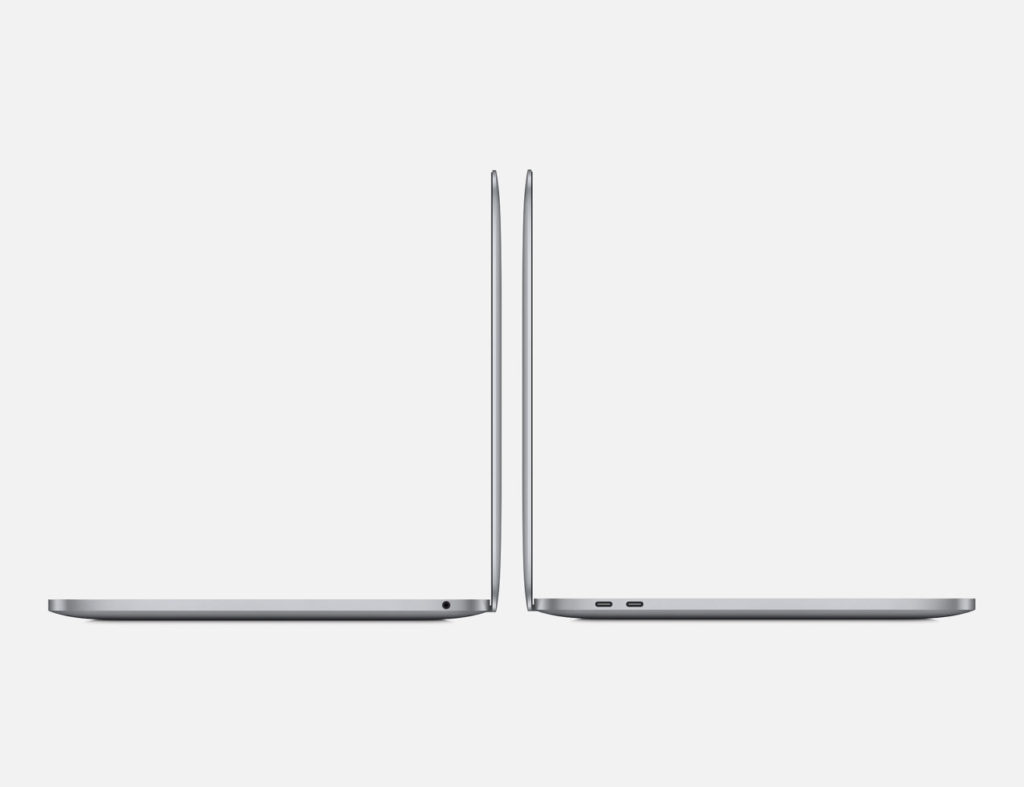
Let’s go by parts:
- At most, 16 GB: Apple’s new “unified memory” is interesting because it poses a concept similar to that of the PS5 and Xbox Series X, which share graphics memory. I suppose the concept here is the same, but the problem is that the maximum for now is 16 GB. I do not know if the reason is cost, but that even the MacBook Pro, which is supposed to be aimed at professionals, can not be extended to 32 GB. Too bad.
- No eGPU: not particularly relevant, but even though these computers have Thunderbolt ports, they won’t allow you to connect external graphics cards (eGPUs). I wonder if this is another sign that Apple is still not very interested in entering the world of gaming, a segment that as I said Apple is letting go without an obvious reason.
- Touch Bar: we continue to have mandatory versions of the MacBook Pro with the Touch bar, which I think for many people is surplus to requirements but that Apple is determined to get into the pack. I see this as Microsoft’s obsession with Kinect. If people don’t use it, don’t make them pay for it. At most offer it as an expensive option and that’s it.
- Two ports: a MacBook Pro 13 with two ports seems to me another sign that this computer has quite a bit of “Pro”, and that in connectivity again they could have made an effort. It is rather the poor man’s MacBook Pro, but the same thing happened to the Intel version launched in May, and to have four ports you had to go to the higher version, which also gave the option to upload to 32 GB of RAM.
- Facetime HD 720p: Apple talked a lot about the new capabilities of their M1 to improve image quality in video conferencing thanks to the new ISP, but the improvements will only be in the software, because we still have the same FaceTime HD 720p webcam of recent years. I’m not saying it’s not enough – it probably looks pretty good – but it would have been a good time to make a quantum leap here too.
- Touchscreen: I doubt we’ll ever see this, but given the ipadosification of macOS that is evident in Big Sur, it seemed plausible to think of a potential touchscreen version that would make interaction with those iPadOS apps that are supported on macOS more natural. As I say, it would be difficult to see something like this on MacBook because that would take away even more sense from the iPad/Air/Pro, but hey, it would have been something really curious.
Not all is bad news, of course. Although there are elements that certainly discourage the purchase of this first generation of equipment, there are two powerful arguments to go for them. The first is the performance offered by these Apple M1 chips, which I’ll talk about later on, but which looks absolutely prodigious.
The second is the battery life provided by both MacBook Air and MacBook Pro. Especially the latter, which promises 20 hours of video playback. That’s twice as long as its predecessors and much more than the vast majority of Windows-based laptops. That battery life is unfathomable, and as one in the promotional ad said, “it lasts longer than the hours I’m awake in the day”. A good way to express it, I would say.
In front of these promises, there is a danger: you’ll be dependent on a laptop that won’t let you do everything you want, or if it does, it won’t let you do everything as well as you did before.. The best example is Photoshop, which won’t be ready until next year. You’ll probably be able to run it anyway thanks to Rosetta 2, but we’ll see what’s the user experience there.
Apple talked very little about that part of the transition, although it already deepened it in June. I would say that they are very much on track, but the early adopters will, as always, be victims of the rush. This first generation of product is as I say stingy and will no doubt give some problems now that the transition to Apple’s ARM chips has just begun, but hey, if you decide to go for these laptops or the Mac mini at least you’ll be able to say you were the crazy ones, the rebels, the misfits…
Pricing gives good (and bad) news
Beyond the relevance of the processor, there is surprising news in this historic generational shift: the new Macs are (predictably) much more powerful than their Intel-based predecessors, but they are also cheaper.
Antonio Sabán summarized it very well in his post at Applesfera, but especially in that tweet that was a summary of some prices that say goodbye to the Intel tax but so far don’t say hello to the no less traditional Apple tax.
Of course, not everything is good news. The prices for the basic versions are good compared to their Intel-based predecessors, but things change when we are taking options because, my friends, on issues such as memory there is no longer room to expand the computer with third-party components (although this was already impossible in the MacBook).
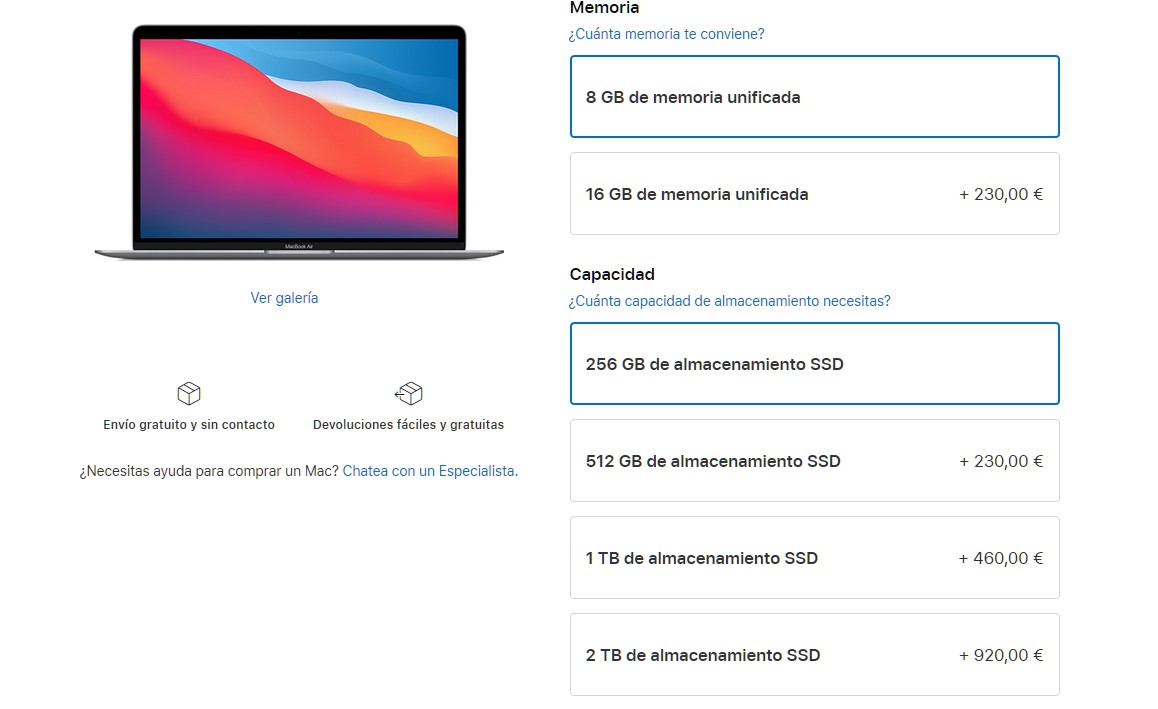
In fact the unified memory becomes the perfect excuse for Apple to put the price you want to that improvement. If, as I guess, it’s GDDR5 (or maybe GDDR6) memory, it’s clear that it’s a bit more expensive than regular DDR4, but 230 euros for 8 GB is a lot of money.
The same with storage units: a WD SN550 M.2 NVMe SSD of 1 TB can be purchased for 100-120 euros. How much does Apple charge for it on the MacBook Air? 460 euros (plus the cost of the basic 128 GB). Maybe the performance there is somewhat better (but not much better, the WD reaches 2400 MB / s) and the form factor will be different (I guess it’s not an M.2 2280), but I’m sure you follow me. This is a little new example of the eternal business model of the razor and razor blades: the basic package is cheap, but as you want to extend it, you get crunched.
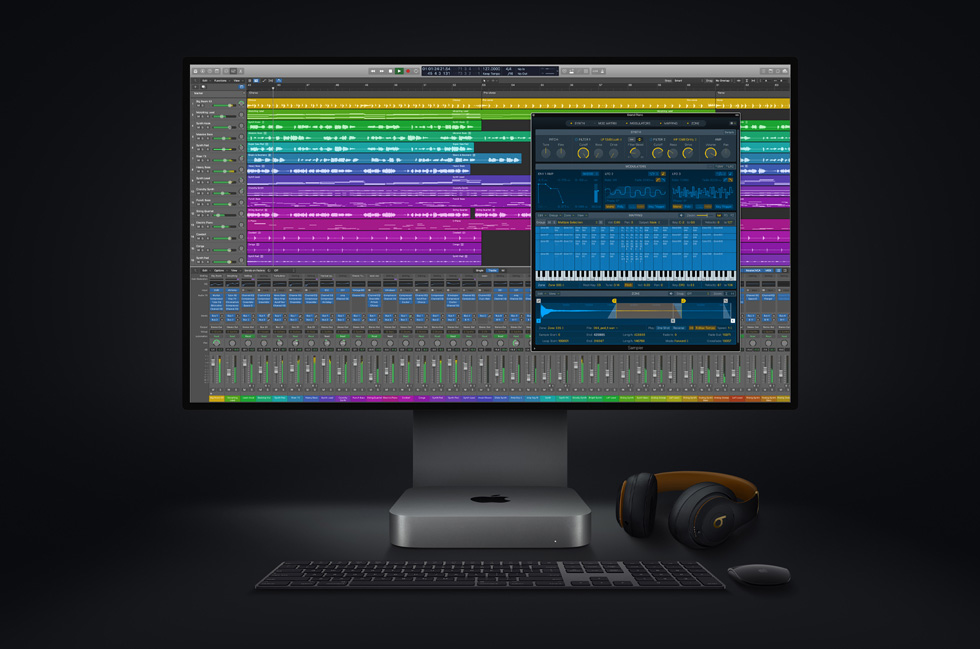
That said, hey, good for those starting prices. The fact that they are better than those offered by Apple on its Intel-based computers is great news. One, moreover, surprising.
The processor that changes everything
Above the design debate – which tends to generate quite a lot of controversy and is totally secondary – is what makes them really different, and that is Apple’s M1 chip, a true prodigy if it actually does everything it promises.
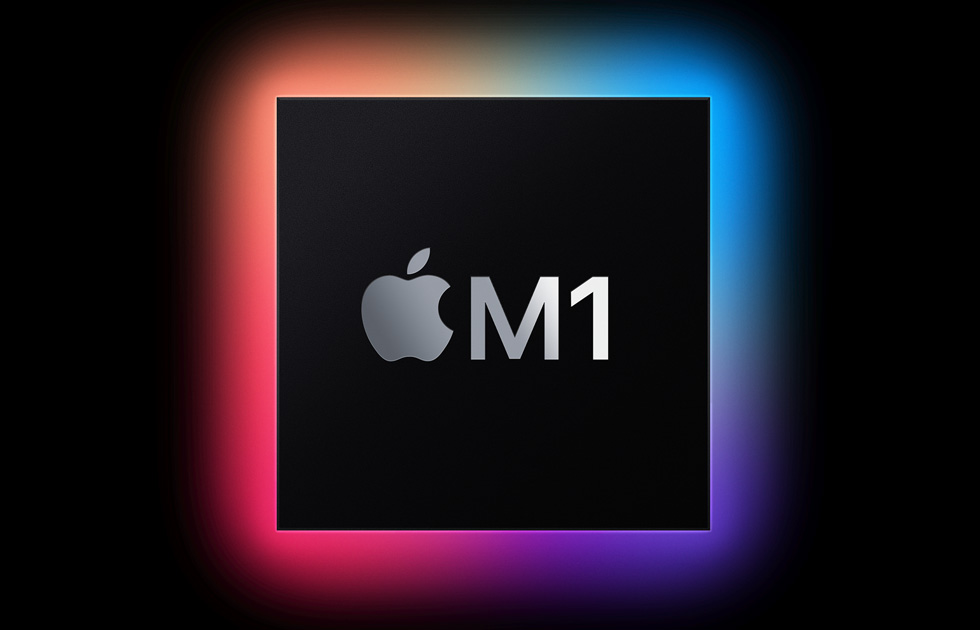
And what it promises is no small thing. Three times the CPU performance of the previous generation (still based on Intel microphones), and five times the performance of the GPU, not to mention a range that leaves the current competition far behind. Up to 20 hours of video playback on the 13-inch MacBook Pro, for example.
Those promises are spectacular, and one could say here that Apple is pulling out all the stops. Well, no, dear readers. In fact, it may be pulling the rug out from under us. AnandTech’s spectacular report published recently makes it clear: we are looking at processors that leave behind the best that both Intel and AMD have.
Pay attention, because I have talked about leaving behind ALL the best that these two companies have. I am not talking about processors for laptops, no. I’m talking about how Apple’s M1 chip predictably outperforms (in single-core, at least) both the Core i7-1185G7 for laptops and, attention, the recently introduced AMD Ryzen 9 5950X for desktop PCs, which only in specific cases shows its power.
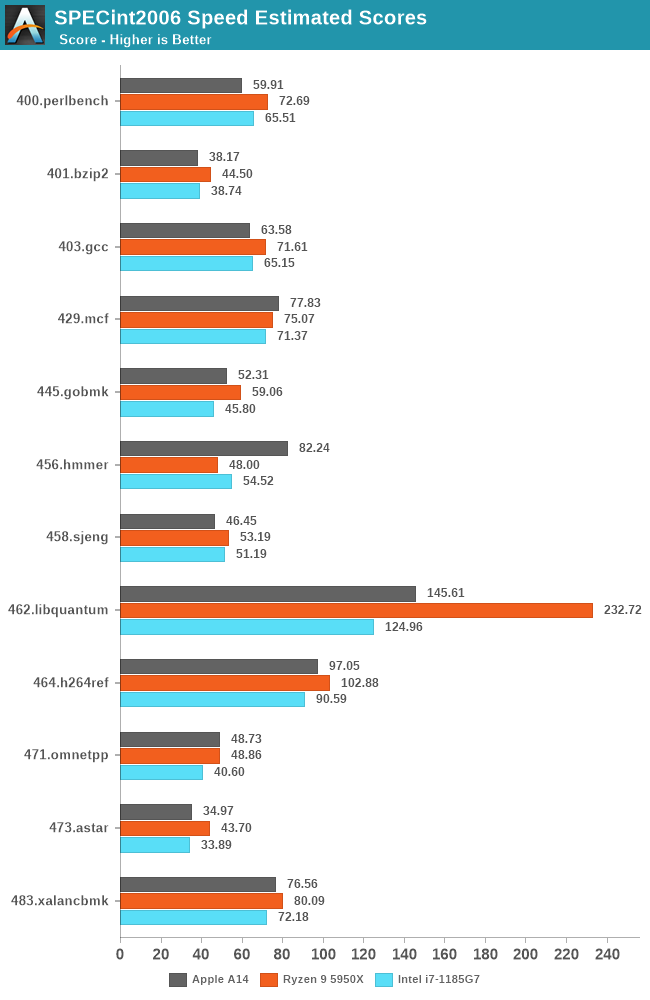
In the analysis they could not even test an M1, of course, and for those graphics they used an Apple A14 Bionic on which the M1 is theoretically based. The fact that this chip shows that power is already amazing, but the M1 should go even further.
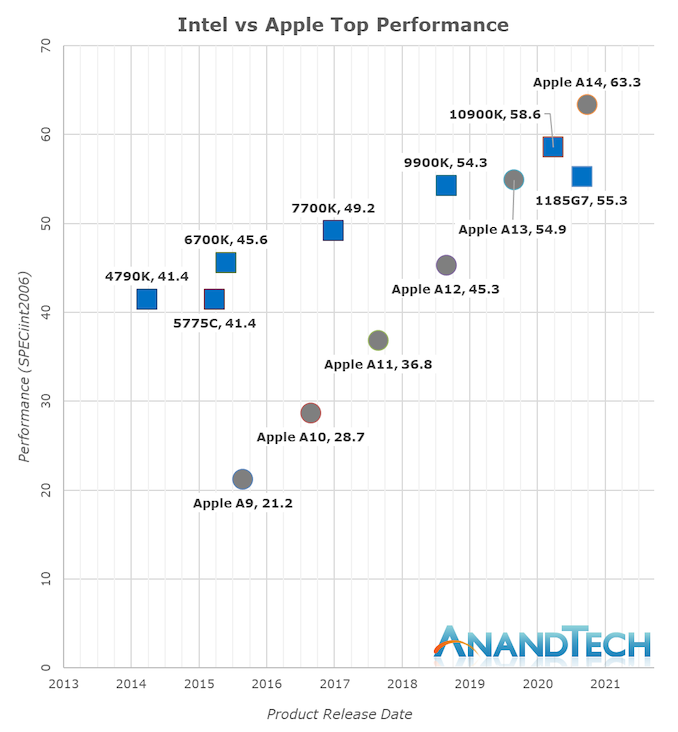
AnandTech’s analysis was completed with graphics like this one in which it was quite clear how this processor managed to make a fool of the competition from Intel in the world of PCs (there is no Ryzen 9, but it would be a little above the A14).
It is an amazing achievement, one that makes me think that the era of Intel and AMD on the desktop could come to an end. Marco Arment, famous developer, expressed it well in that tweet in which he simulated the reaction of Intel to this announcement, and I think he is not wrong. If I were in the shoes of either of these two companies, I would be very worried.
Of course AnandTech’s is a delicate review, mainly because it is all based on estimations: if the M1 is not similar to A14 that data falls, but there is no reason to think it’s not. As I say, it’s should be a somewhat more powerful version thanks to the small margin of manoeuvre given by laptop chips compared to those of cell phones. The TDP is an absolute barrier to the performance of a microprocessor, and here I would say that Apple has not wanted to go too far: the fact that there is a MacBook Air fanless makes it very clear.
In fact, the difference between the basic MacBook Air processor with 7 cores in the GPU and that of the MacBook Pro or Mac mini with 8 cores in the GPU is very small. Apple did not speak at any time of different versions of the M1, but I would even make a bet here and say that the M1 is not a processor, but a family of processors.
The same thing happens when Intel launches its Tiger Lake family: it does not do that with a single processor, but with variants that offer different TDPs and different configurations of cores and clock frequencies or EUs for the GPU. If I am right, the MacBook Air M1 will be different from the MacBook Pro M1 13″ and also different from the Mac mini.
That idea makes sense even if they are not named versions. Considering that the MacBook Air has passive cooling one would expect that 1) its M1 chip works less fast, or 2) if it works just as fast, it does for a very little time and then starts throttling, with performance reduced to avoid overheating.
That’s not (so) necessary on Mac mini and MacBook Pro 13 because both products have a fan. Apple, I insist, did not give details of the clock frequency at which these computers work, but I’m sure that very soon we will unravel this mystery.
Wait, we’ve only seen the M1 on laptops
In the last point of AnandTech’s analysis, those responsible for this text went a little further, but they were not the only ones to speak not about M1, but about what comes after it.
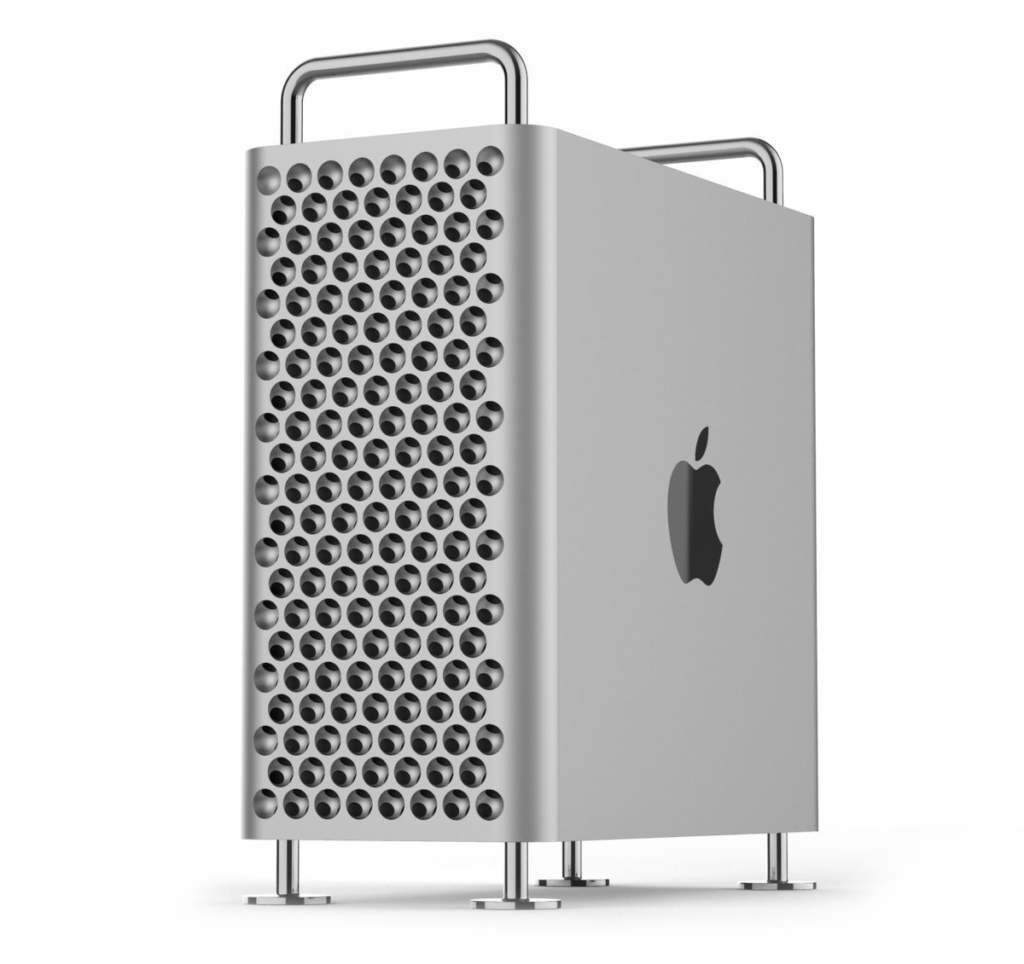
And what’s behind it will be even better in performance. Apple stated that the M1 “features the world’s fastest CPU core in low-power silicon”. That means that either what they have analyzed in AnandTech with the A14 is significantly below the performance of the M1, or that this chip has even better variants.
I think the answer is a combination of both. The M1 is probably superior to the A14, but I also think that, as I said, this is more a kind of chip family with different clock frequencies, voltages and core configurations for the CPU and GPU.
That would make sense if we take into account that Apple already integrates the main memory as part of the package. The M1 is just the beginning because it is intended for “modest” laptops, and that means that we have an iMac, a MacBook Pro 16 and above all a Mac Pro with chips with much more room to manoeuvre.
It’s really logical. Thin laptop CPUs don’t usually have TDPs over 15 W, and the M1 is around 10-20 W. That, I assure you, will not be the TDP that Apple handles in the MacBook Pro 16’s chips, that are bigger in size and therefore capable of better cooling a more powerful chip and more consumption. Imagine what happens with the iMac and especially the Mac Pro.
Perhaps Apple has an M2 chip in the works. Perhaps the name is different and it is called P1. Whatever. This would be a CPU that instead of 8 cores could have twice running faster and having less efficient cores. The math works out, and if a 10W M1 chip manages to outperform the 105W Ryzen 9 5950X in single-core, imagine what Apple can do with a 45W chip (like the May 16, 2020 MacBook Pro Core i9-9980HK) for the MacBook Pro 16, or a 95W or 105W chip like the more powerful Intel and AMD desktop PCs.
It can be absolutely crazy.
In fact, I can’t imagine what could happen there, because if the improvement is proportional to consumption, we would be looking at processors that would skip several generations of what both Intel and AMD have now, which would probably take at least one or two years to reach something like this. The 5 nanometers of the M1 help a lot, without a doubt, but so does an architecture that if it meets expectations, will bring about a radical change not only in Macs, but also in the PCs we use every day.
I’m still freaking out -at ExtremeTech they were much more skeptical about the M1’s performance today-, but soon we will know what to expect from these computers: in a week’s time we will have them in the hands of users (I suppose the reviews will also appear next week) and that’s when the party will begin.
Apple’s party, of course. For Intel (and AMD) this could be more of a wake.
Disclaimer: this is a lightly edited translation done with DeepL. The original article was written in Spanish and published here.

